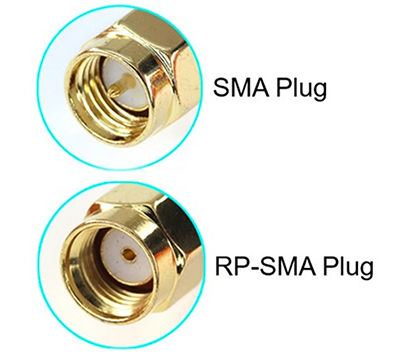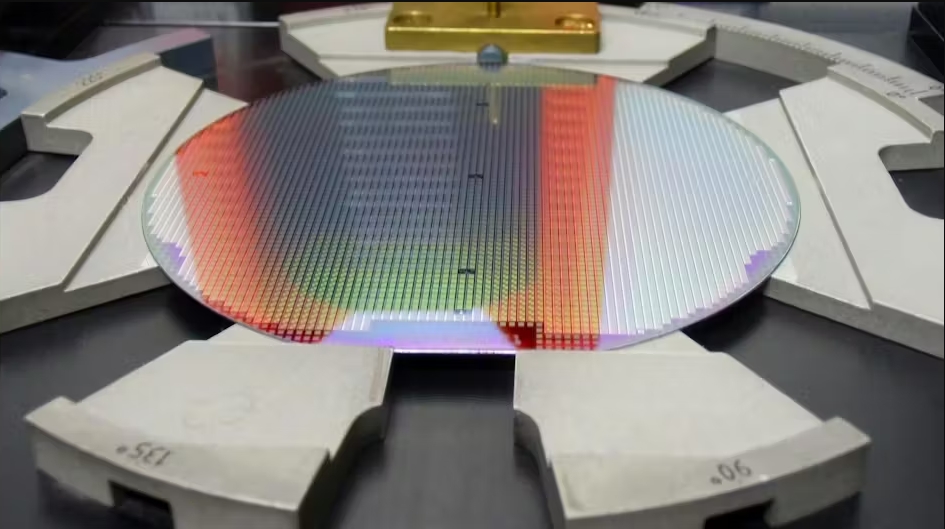Amazon and Microsoft both announce new carbon removal efforts aimed at reducing the amount of carbon dioxide in the atmosphere.
The process of removing carbon dioxide from the atmosphere and locking it away for decades, centuries or even millennia, carbon removal is considered one way of several ways to slow, limit or even reverse climate change. Not to be confused with greenhouse gas (GHG) cutting, carbon removal is sometimes referred to as carbon dioxide removal or CDR. The technologies behind the carbon removal process are often referred to Negative Emissions Technologies (NETs).
According to World Resources Institute (WRI), carbon removal methods include natural strategies like tree restoration and agricultural soil management; high-tech strategies like direct air capture and enhanced mineralization; and hybrid strategies like enhanced root crops, bioenergy with carbon capture and storage and ocean-based carbon removal.
“Restoring trees to the landscape through reforestation, restocking degraded forests and agroforestry systems is the single largest ‘shovel-ready’ opportunity for carbon removal at scale in the United States,” WRI states.
Companies like Microsoft, Shopify, H&M and Stripe are all investing millions in carbon removal. “It’s an effort that continues to attract investment from companies eager to show they are addressing climate issues while simultaneously lowering the cost of such efforts through rapidly evolving technologies,” Investopedia reports.
“Corporate support for carbon capture technologies has been growing,” it continues. “Frontier, a nine-year carbon capture initiative founded in 2021 by Alphabet, Meta, McKinsey, Shopify and Stripe, has raised more than $1 billion in funding to help lower the cost per-metric-ton of carbon capture.”
Amazon Gets Behind Direct Air Capture Tech
Amazon is the most recent large company to throw its hat into the carbon removal ring. The e-tailer says it’s helping to fund the world’s largest deployment of direct air capture technology by purchasing 250,000 metric tons of carbon removal over the next decade. Once removed from the air capture systems, the carbon will be stored underground in saline aquifers.
Amazon’s Climate Pledge Fund is also making an investment in CarbonCapture Inc., a climate technology company recognized for its pioneering modular DAC systems. The company’s patented modular open system architecture allows new sorbents—the core materials responsible for filtering CO2 from the atmosphere—to be swapped in as they become available.
“With these two new investments in direct air capture, we aim to target emissions we can’t otherwise eliminate at their source,” Amazon’s Kara Hurst, said in a press release. “We’re also helping launch technologies we know the world will need to avoid the worst effects of global climate change — supporting those technologies’ growth so they’ll also be available to other companies and organizations.”
Microsoft Invests in Carbon Removal
Amazon’s carbon removal effort follows Microsoft’s purchase of 315,000 metric tons of carbon removal over a multi-year period. Heirloom and Microsoft say they signed one of the largest permanent CO2 removal deals to date, and that the purchase “unlocks key project financing mechanisms to dramatically scale and reduce the cost of Heirloom’s Direct Air Capture facilities.”
This new deal between Microsoft and Heirloom represents one of the first bankable carbon dioxide removal agreements. It also advances the national climate leadership globally by uniting domestic buyers and sellers to advance net-zero commitments under the First Movers Coalition, an initiative that harnesses the purchasing power of private companies to create early markets for innovative clean technologies that enable both reductions and removals.
“Microsoft’s agreement with Heirloom is another important step in helping build the market for high-quality carbon removal and supports our path to become carbon negative by 2030,” said Microsoft’s Brian Marrs, in an Heirloom press release. “As an investor in and customer of Heirloom, we believe that Heirloom’s technical approach and plan are designed for rapid iteration to help drive down the cost of large-scale Direct Air Capture at the urgent pace needed to meet the goals of the Paris Agreement.”



